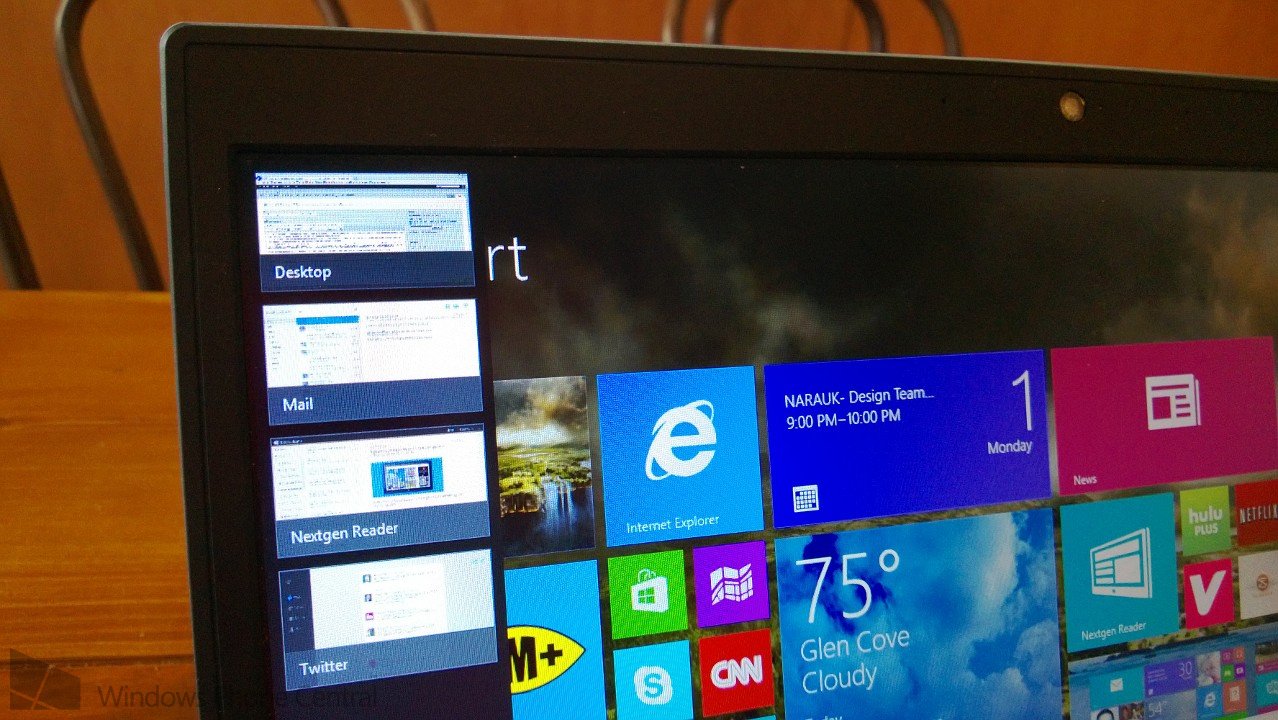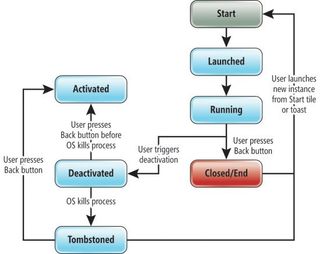Windows 8.1 apps don't want to close - "tombstoning" is the new cool

If you are geeky as we are, you have already downloaded and installed Microsoft’s latest operating system update – Windows 8.1 Consumer Preview. As you enjoy the latest software goodies from Redmond, you might notice that the behavior of closed Windows 8 apps have changed slightly.
In the past, dragging an application down from the top would completely close the application and remove it from memory – in Windows 8.1, that has changed. Now when you pull an app down from the top of the screen it is removed from your list of currently active apps and “tombstoned”.
Let’s quickly talk about what tombstoning is; Windows 8 does not allow most applications to run in the background in order to conserve and save resources on the PC. Some applications like Slacker Radio and Xbox Music have permission to run since they need to stream content. Other applications like Windows Mail and IM+ can still receive push notifications from a server, but aren’t continuously running. Tombstoning is the act of taking an application that is not in use and putting it into a “software sleep mode” where it does not suck down resources.

Want to see an example of tombstoning for yourself? Open the IE10 Windows 8 App to play a YouTube video then switch away to a different application – the audio stops.
Windows 8.1 now tombstones applications that you close instead of actually closing them. This way, if you decide that you need to reopen the app, you are dropped in right where you left off. Some of you may be concerned that this new change will be negative on your resources – it won’t be. The operating system will tombstone your apps until the resources are needed again; at which point, the application will fully close.
A perfect analogy is if you know how a hard drive deletes files. When you delete a file on a computer it really isn’t gone – it just appears gone, but remains on the drive until the space is needed.
We do expect some users to face confusion of why dragging and “closing” their apps seems to work sometimes and other times doesn’t, but it shouldn’t be the issue of the century.
Get the Windows Central Newsletter
All the latest news, reviews, and guides for Windows and Xbox diehards.
If you really do need to close an application completely, simply drag it to the bottom of the screen and wait for the app’s logo to appear before letting go. For those who need to aggressively kill applications, you always have the ability to terminate an application via Windows 8.1’s task manager.
What do you think of Microsoft’s approach - do you think it is a good idea to tombstone all closed apps until system resources are needed?
